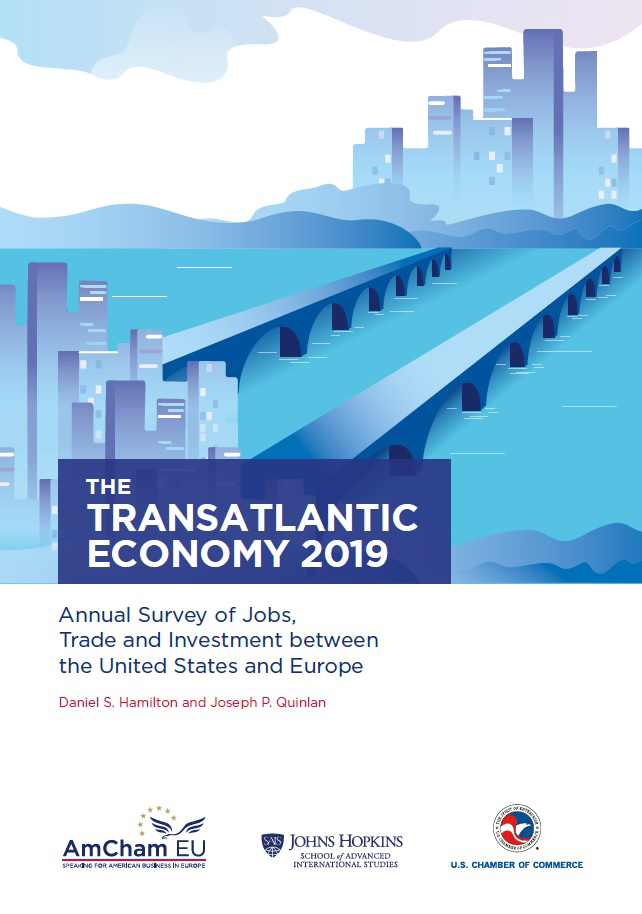In debates over how to boost the flagging recovery, promoting exports isn’t usually at the top of the list. But it should be. Export growth can make this recovery job-filled rather than jobless.
And the White House and allied business leaders agree. They’ve been discussing how to achieve the “new goal” that President Obama set in his last State of the Union speech: double exports over the next five years.
Beyond the usual discussion of exchange rates and trade barriers, however, any successful export strategy requires a look at where U.S. exports come from.
America’s export geography is highly concentrated in the top 100 metropolitan areas. In a new research report, we found that these population centers produced an estimated 64 percent of U.S. exports in 2008 — that’s over 62 percent of manufactured goods and 75 percent of services.
Three quarters of computer and electronics exports are manufactured in the top 100 cities. More than 80 percent of smaller service exports, such as management and consulting, film and television, computer services and insurance, are concentrated there. This is especially important because the United States has a trade surplus in commercial services — $152.5 billion in 2008. And it is poised for a quantum leap in exportable services.
The nation’s four largest exporting metros, New York, Los Angeles, Chicago and Houston, are the top performers, exporting more than $50 billion apiece in 2008. Three quarters of computer and electronics exports are manufactured in the top 100 cities.
Other major metros — Dallas, San Francisco, Boston, Philadelphia, Detroit and Seattle — are also global players. These 10 large metros generated 28 percent of national exports in 2008.
A different group of smaller and medium-sized places, like Wichita, Toledo and Greensboro are oriented toward exports in ways larger metros are not. Exports contribute more than 15 percent of gross metropolitan product in these and seven other U.S. cities, compared to the largest 100 metros’ average of 10.9 percent.
To leverage this powerful export activity, the Obama administration should connect its macro vision for export growth with the metro reality, where most of the doubling could happen. Only one percent of U.S. companies export, reflecting our vast internal market and cultural insularity. Think of the economic potential if we can make that 2 percent.
While other nations promote exports through sophisticated outreach and, in some cases, major subsidies, U.S. efforts tend to be timid and fragmented. More will be needed to help firms, particularly small ones, enter foreign markets. This can be done by expanding the President’s Export Council to include state and local leaders and revamping current export guidance and support delivery.
The U.S also needs a national freight strategy to maximize our export business. Currently, the U.S. freight system is undermined by aging infrastructure and congested transport networks. Despite rising imports and exports, the federal government and the states disperse scarce infrastructure dollars based on political rather than market returns.
The many calls from the Obama administration, Congress, governors and mayors for a National Infrastructure Bank are long overdue. The bank would invest through public/private partnerships and aim to unclog our ports, improve passenger and freight rail, and revamp our electrical grid.
Just as the president has set an export goal for the nation, metros should set their own export goals as well.
For too long, the debate over export policy and practice has been the exclusive domain of policymakers in Washington and a narrow clique of trade constituencies. It is time to widen the circle, to include a larger portion of the business sector and the places where exporting companies can thrive.
Only then can this metropolitan nation realize its potential as an export nation.





